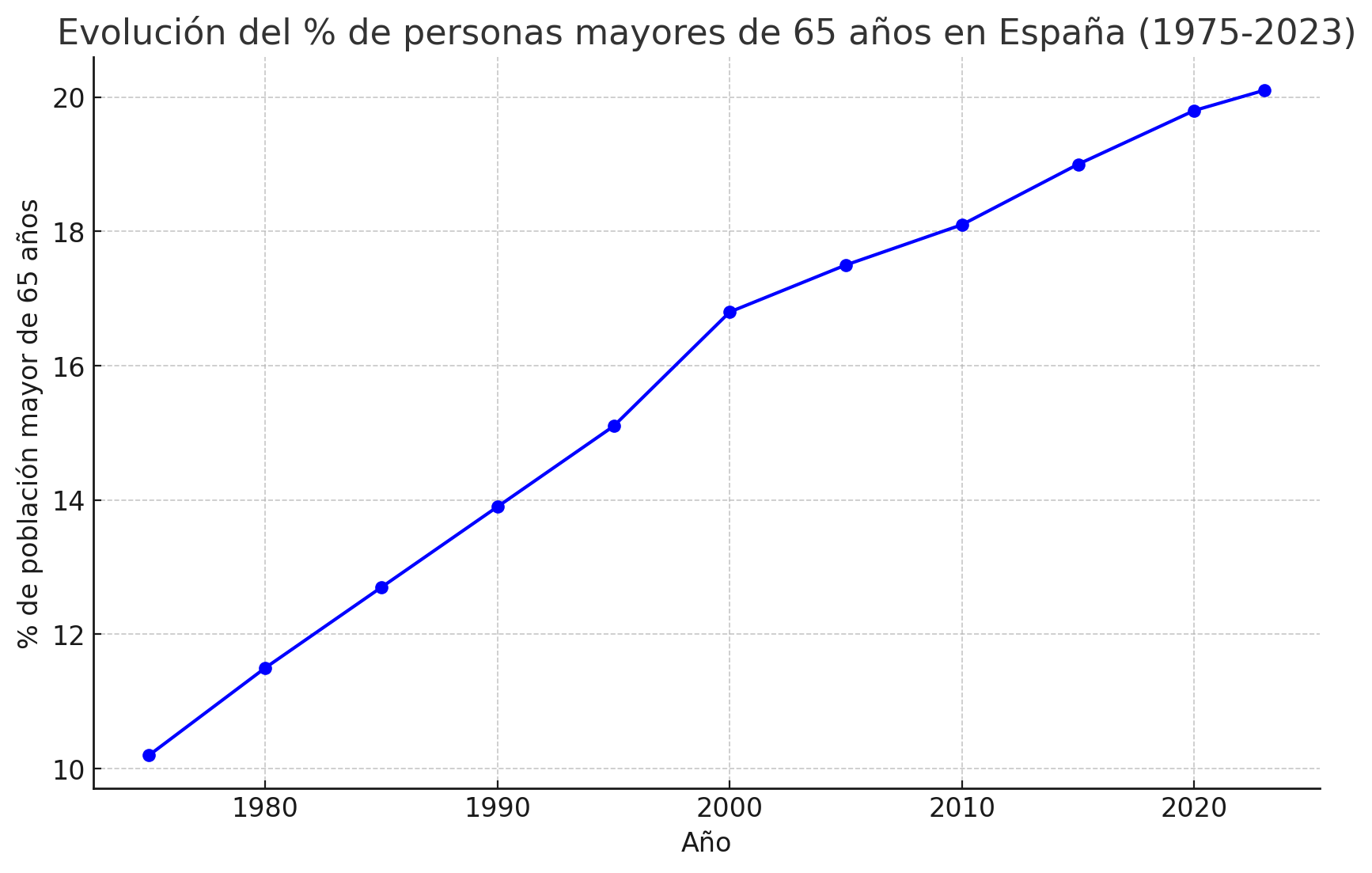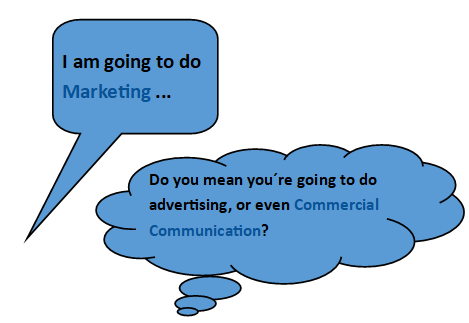by Diego San Román

With almost 25% participation in life, all life, and consequently in purchases, all purchases in this country (Spain), those over 65 years of age could, legitimately, initiate a massive protest action against advertising, that is, against advertisers, agencies and media, because of the fondness of treating us mostly as if we were mentally retarded. nerd-sentimental or prostate-intellectual.
Half a century ago, and in sessions held by the Spanish Chapter of the IAA (International Advertising Association), Jordi Garriga (Advertising Director of Nestlé), Manu Elexpuru (CEO of J.W. Thompson) and myself, raised the issue; which could be expressed today as: “Why does advertising treat the elderly like idiots?”
Since sadly (and you don’t know what you’re missing out on) Jordi and Manu can no longer give their opinion, but I am still here shopping, watching television, listening to the radio and reading the press; that is, being a specific communication target for almost all the products that are advertised in Spain; I have spent the weekend analysing advertisements, spots, and print ads of some newspapers, TV channels and radio stations chosen “at random”. On Monday I have dedicated myself to the tiresome (due to the load of stupidity coming with the task) work of intercommunicating with several of the apparently most successful “influencers” in the digital galaxy.
All to prove that things continue as they were half a century ago: a majority of the messages addressed to the “elderly” (an absolutely silly-good-wannabe and non-defining term, by the way) seem to have defined their profile “recklessly”, that is, “because-I-feel-like-it”; and mostly in two extreme versions: either as mentally and physically retarded, or as aspirants to compete in a casting of models, or a triathlon title. There are hardly any people over seventy years of age with normal appearance and attitudes, and as diverse as those of twenty or forty.
As I am already halfway out of the action and the regular analysis of the virtues and sins of communication in general, and commercial communication in particular; I risk thinking that the thing is, once again, a consequence of what seems to continue to be a traditional sin of advertising: replacing “real reality”, that is, factual, with cliché and a pretended ingenious; that is, to forget or not accept that advertising is a small piece, important, but only a piece, of a rational activity named marketing, where only research and data make the topic justifiable, and ingenuity can be effective and memorable.
Apparently, the research and data that are used on habits and attitudes of the population over 65 years of age, is limited to demographic statistics (it is an important consumer group, of course!) and they mostly forget to include moderately serious psychographic research.
I think I’m going to propose a boycott action against some brands, by my “age group” partners, until things improve.
Talk to you again soon.
(28) Jose San Roman de Pina | LinkedIn
As marketers we like to believe we are consumer centric in everything we do, but the reality is that we often get lost in processes, tools, and procedures that are more internally focused on who we are as an organization, what we are doing, and what we want to do rather than externally focused on […]
The confusion between “doing marketing” and “engaging in commercial communication” often stems from a partial or simplified understanding of marketing, which can have negative consequences on a company’s sales. Marketing encompasses everything a company or organization does to get more people to buy or support its value proposition more frequently, for a higher exchange value […]
Character is at the core of who we are as individuals and as a society; it’s the foundation of human behavior.
Arguing over the price in a buy-sell negotiation is a waste of time, as the focus should be on the perceived value of both parties. The key to a successful transaction is understanding and agreeing on the value each party gets from the trade. Value is not measured only in monetary terms. Customers buy products […]






